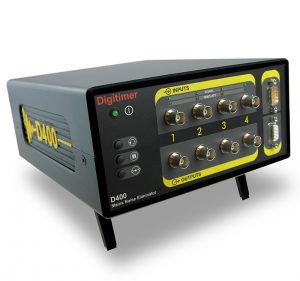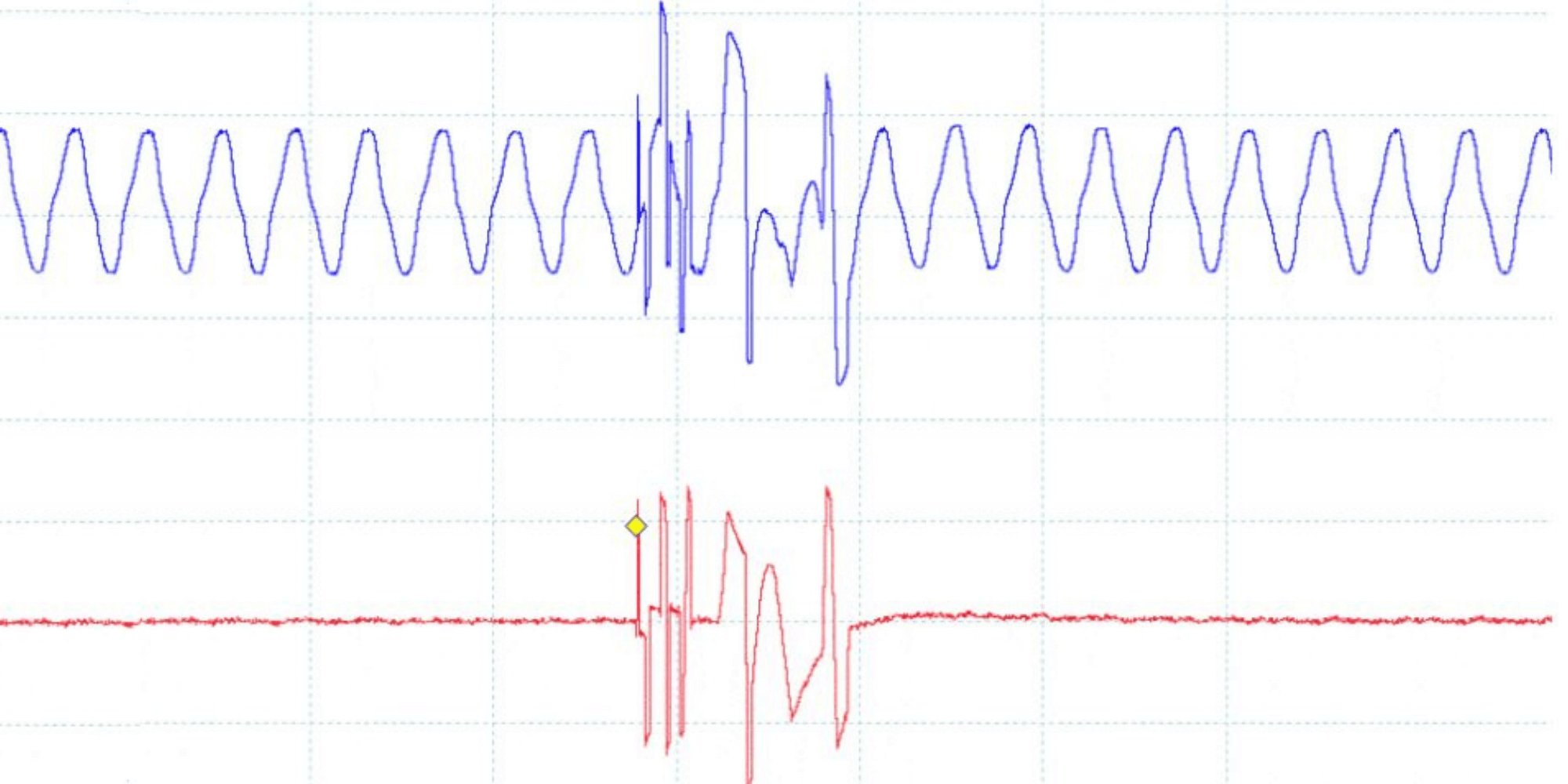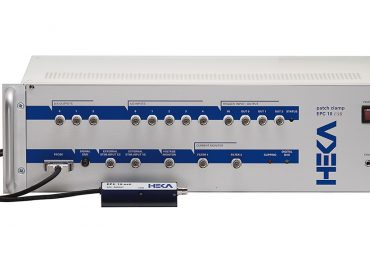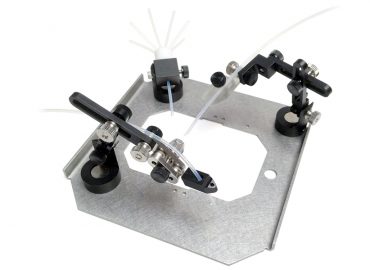Why choose the D400 mains noise eliminator?
An introduction to our latest life science research device
Having problems with mains interference? Making electrophysiological recordings from more than one channel?
Our latest life science research device – the D400 – could be the solution. This is the world’s first multi-channel mains noise eliminator, specially designed to remove 50/60Hz interference from electrophysiological and other analogue voltage signals. And it could be exactly what you need to eliminate unwanted noise and ensure that your data is as accurate and credible as possible. Here our experts explore some of the key benefits it has to offer.
5 benefits of the D400 noise eliminator
1. Zero distortion
Electrical interference is notoriously difficult to remove without altering the original signal embedded within the noise. And whilst notch filters can help to suppress 50/60Hz noise, they often lead to phase shifts, frequency loss, amplitude errors, time delays and waveform distortion.
However, the D400 noise eliminator is not a filter.
It constructs a ‘noise replica’ or ‘template’, which is continuously subtracted from the input signal. And as such, it can successfully remove 50/60Hz noise without altering your signal of interest.
2. Harmonics removal
Not only does the D400 mains noise eliminator remove noise in the 50Hz and 60Hz frequency, but it is also highly effective at removing associated harmonics of these frequencies.
Again, due to the method of noise removal used, this is not detrimental to the signal of interest. And even if that signal lies within the 50 to 60Hz frequency range, your data will not be distorted. This makes the D400 a particularly good option for measuring frequencies in the gamma range.
3. Real-time noise removal
Noise removal occurs in real-time and the ‘noise template’ evolves constantly, so that any changes in the amplitude or other characteristics of your input are corrected for. What’s more, as signals pass through the D400, they remain in the analogue domain – therefore preserving the integrity of your data.
4. Multi-channel
Unlike other similar elimination devices – such as the Quest Scientific Humbug – the D400 is capable of eliminating noise across multiple channels. Both two- and four-channel versions are currently available, and an eight-channel version could also be developed (if there is adequate demand).
The device can create a distinct ‘noise template’ for each channel. Which means, in theory, it is possible to share one D400 mains noise eliminator across more than one electrophysiology rig.
5. Easy to use
The D400 is a standalone device. It doesn’t have to be used in conjunction with a specific data acquisition system, and it doesn’t require software for it to be operated. Manual controls on the front panel can simply be used to control the device and adjust the channels at a global level.

Nevertheless, it also features a USB connection and comes supplied with Windows-compatible software. So if you’d prefer to control the D400 from your computer – or wish to adjust the channel settings individually – this is also possible. And it won’t distort your recordings or affect the accuracy of your data in any way.
Find out more about the D400
For more information on the D400 mains noise eliminator – and how it could solve your issue of mains interference – please feel free to get in touch. We’re always happy to help and one of our experts will gladly talk you through the features of the device and how they can be of benefit.
If you’re still unsure on whether the D400 is suitable for your life science research, it’s also possible to have a free no-obligation trial of the device. To arrange yours, either give us a call on 01707 328347 or send an email to [email protected] and we will respond to your enquiry as soon as possible.



